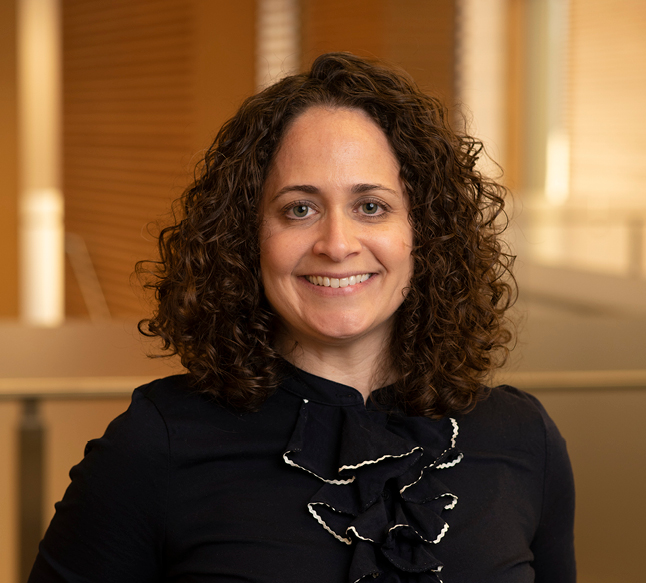This year’s National Association of Medicaid Directors (NAMD) Fall Conference in Washington, D.C., took place in a hybrid format and included many important discussions around the future of redesigning Medicaid. Most conference sessions highlighted the issue of the public health emergency and related topics like system resilience, transforming long-term care and ensuring the mental health and well-being of children. Additionally, these takeaways reflected the conference’s key themes:
- Coverage and access: A number of sessions focused on access to health care coverage as well as access to specific services such as HCBS, behavioral health, and services to address the social determinants of health. This focus on coverage and access was amplified by the U.S. Secretary of Health and Human Services Xavier Beccera during his opening plenary remarks, where we outlined ways in which the Biden administration is supporting coverage and access and helping to reduce barriers in partnership with states for Medicaid beneficiaries.
- Equity: Health disparities and addressing health inequities was a theme that permeated much of the conference. The importance of equity and the member voice was the focus of the lunch plenary given by Dr. Jamila Michener who provided insights from her research on Medicaid member voices and led an in-depth discussion with state leaders from Kentucky on how that state is prioritizing equity in its work across Medicaid and other social safety net programs.
- Serving the whole person: There was an emphasis on behavioral health throughout the conference with sessions focused on addition, the crisis continuum, and recovery and resilience. In addition, there were discussions on the needs of Medicaid members, from birth to long-term care, showcasing the broad population that Medicaid serves and the range of capabilities it must have in order to meet the needs of its beneficiaries.
Committed to sustainable care solutions
Aligned with many of the themes discussed at the conference and NAMD's organizational principles of community, partnership, excellence and equity, it’s fitting that we introduced a new UnitedHealthcare CatalystTM initiative that’s uniquely positioned to improve many core Medicaid focus areas, such as social determinants of health, maternal health and community health outcomes.
The Catalyst model uses publicly available data to identify health disparities affecting specific communities, then convenes community-based organizations (CBOs) to address those challenges. The aim of the model is to identify the social factors and disparities included in the 80% of an individual's health care that’s determined by factors outside of a doctor's office.
Every community is different, so implementing health equity programs on a national or even regional level requires a customized approach. Where one community may have an issue such as a significant food desert, another may have trouble providing public transportation. If we're trying to solve these problems without strong, local data and deep community involvement, we’re not getting to the root cause and creating the solution that targets that root cause.
By focusing on localized disparities, we hope to create sustainable solutions within each community that improve health outcomes for all Medicaid beneficiaries (including, but not limited to our members). So, whether it's improved maternal outcomes or reduced food insecurity, we will be measuring outcomes against the specific initiative where each Catalyst program decides to focus. This initiative holds great possibility for the future of Medicaid.
Learn more about the new UHC Catalyst initiative.
Read more from Nicole Truhe
